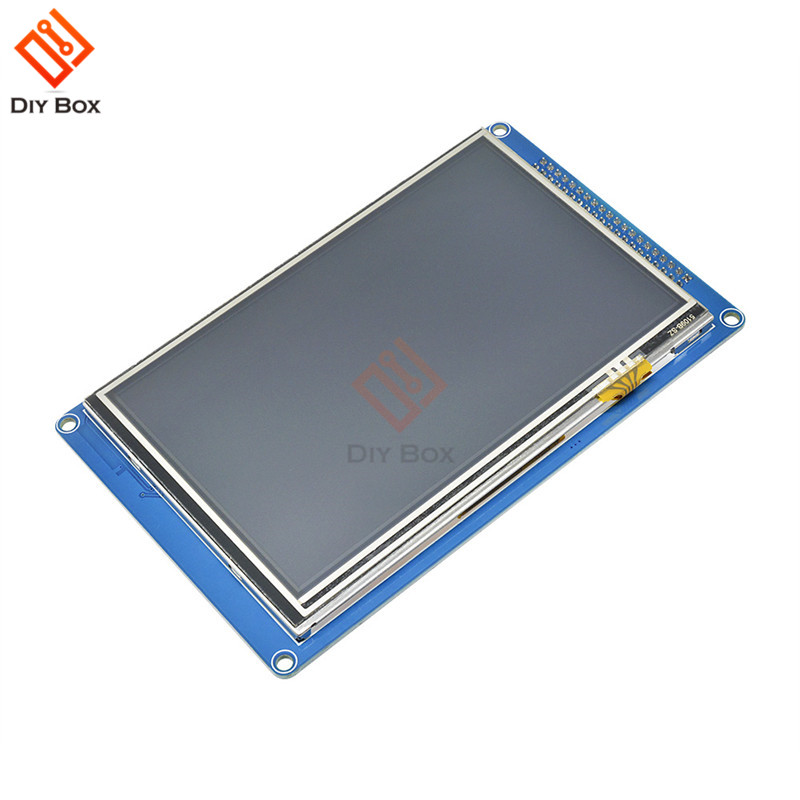


The implementation shows the usage of the class Charts::Graph to paint a list of coordinates. \WaveformGenerator - This WaveformGenerator demo application combines waveforms with different amplitudes and frequencies.The user can define a heating time, a nominal temperature and humidity, a dwell time and the final cooling time. \ClimateCabinet - The ClimateCabinet demo shows the implementation of a control panel for a climatic exposure test cabinet.The player has a movable paddle to bounce the ball upward, keeping it in play. When a brick is hit, the ball bounces away and the brick is destroyed. A ball travels across the screen, bouncing off the top and side walls of the screen. In the game, a couple of brick rows are arranged in the upper part of the screen. \BrickGame - The sample application BrickGame implements a classic "paddle and ball" game.The speciality of this sample application is the magnification effect of the centered list items and the soft fade-in/fade-out effects. \AnimatedList - This demo shows the implementation of some fancy scrollable list widgets to set a time and a day of the week.
#Ssd1963 stm32 driver how to#
\DeviceIntegration - This example shows the integration of devices into a UI application and addresses typical questions: How to start a certain action on the target? How to get data from a device?.\ScreenOrientation - This demo shows, that the orientation of the UI application is independent from the physical orientation of the display.


#Ssd1963 stm32 driver update#
Due to the fact that the display update is done in subsequent updates of small areas, moving graphical objects can cause some tearing effects. Please note: The partial display update is intended to be used for extremely memory-constrained systems. This makes it possible to operate with a scratch-pad buffer of a few kilobytes instead of a full-screen framebuffer within the memory space of the MCU. For this purpose, Embedded Wizard supports a partial display update, that makes it possible to update the display in sequential small areas. As a result, the entire framebuffer can be located inside the display controller and only a small scratch-pad buffer is needed inside the micro-controller (MCU). These types of display controllers can be accessed very fast by using the 16-bit 8080 FSMC data interface and they contain its own display memory. Since the STM32F407 Discovery board does not contain a display onboard, it can be combined easily with an external display controller, like the ILI9325, ILI9341, SSD2119, SSD1963, or others. Introduction: External display controller and partial display updates


 0 kommentar(er)
0 kommentar(er)
